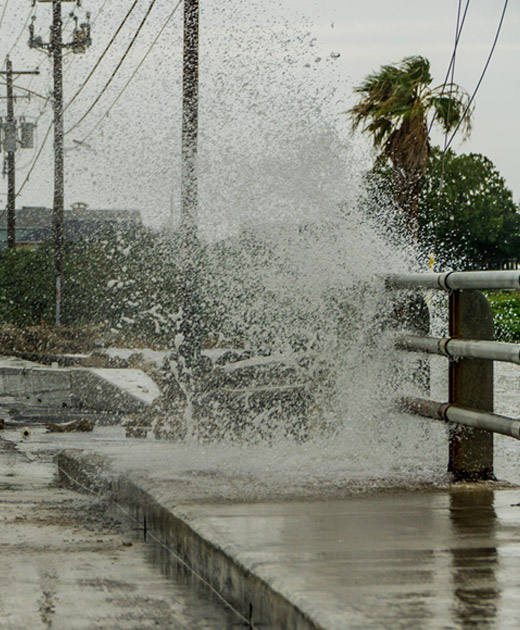The challenge
Carol was waist-deep in water, frantically looking for a high and secure place to store her laptop. The driving rain, gusty winds and flooded streets wrought by the hurricane, did not make it safe to bring anything but the clothes on her back, a converted garbage bag as raincoat, and overnight clothes. She settled on a high shelf and quickly evacuated her home. Carol, a senior international travel consultant for CWT, would spend four months living and working from a travel trailer next to her home, while it was undergoing the slow process of reconstruction.
The hurricane was a category 4. For CWT’s Energy Resources & Marine (ERM) team in Houston, it is, in Carol’s words, “business as usual” even though life was turned “upside down”.

